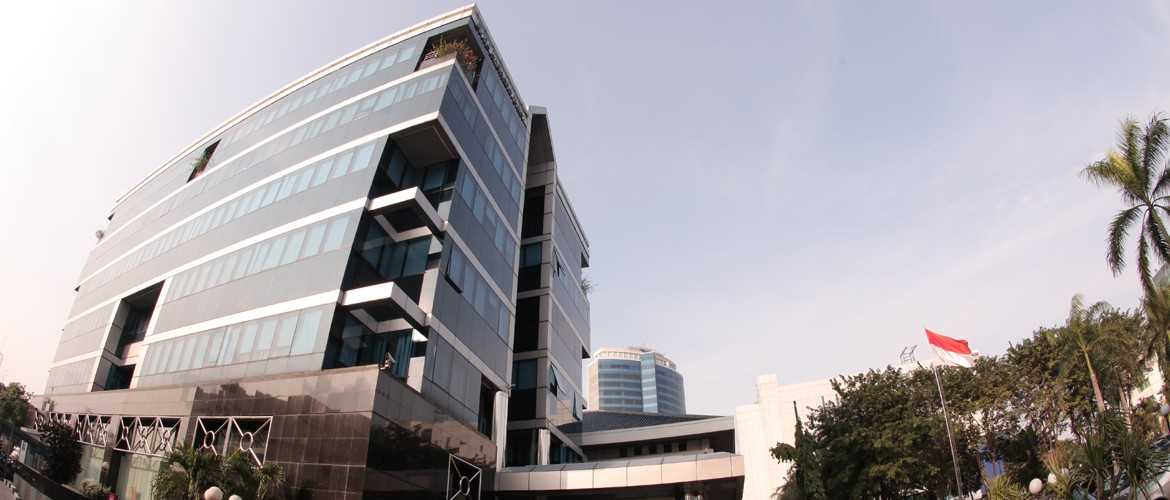05 Dec 2021
Back to List
JAKARTA - Angkasa Pura Airports is still experiencing operational and financial performance pressures due to the ongoing Covid-19 pandemic. In response to the matter, AP I’s management has prepared an operational and financial restructuring scheme for the company expected to be completed in January 2022 so that the company can bounce back in the near future.
The Covid-19 pandemic, which began in Indonesia in March 2020, has resulted in a drastic decrease in passenger traffic at 15 AP I’ airports. As an illustration, passenger traffic at AP I’s airports reached 81.5 million passengers in 2019. However, when the Covid-19 pandemic hit in early 2020, passenger traffic dropped to 32.7 million passengers and it is predicted that it will only reach 25 million passengers in 2021.
The Covid-19 pandemic hit at a time when Angkasa Pura Airportswas in the middle of developing various airports with lack of capacity, such as Yogyakarta International Airport in Kulon Progo (YIA) with the construction cost of nearly Rp12 trillion, New Terminal of Syamsudin Noor Airport Banjarmasin with the construction cost of Rp2.3 trillion, New Terminal of Jenderal Ahmad Yani Airport in Semarang with the construction cost of Rp2.03 trillion, Sultan Hasanuddin Airport in Makassar with the development cost of Rp2.6 trillion, and several other airport developments, including Sam Ratulangi Airport in Manado, Praya Airport in Lombok, Terminal 1 of Juanda Airport in Surabaya, Pattimura Airport in Ambon, El Tari Airport in Kupang, all of which are financed through the scheme using internal funds and various other sources such as syndicated bank loans and bonds. This was also intended to keep Indonesia’s air connectivity open and make the regional air gates more attractive.
The Covid-19 pandemic has put the company’s financial and operational conditions under considerable pressure. The company’s revenue reaching Rp8.6 trillion in 2019 fell to only Rp3.9 trillion in 2020 and it is predicted that the revenue in 2021 will also experience a slight decline due to the drop in the number of passengers reaching only 25 million passengers. With the traffic decline and financial pressure, Angkasa Pura Airportsmust face the obligation to repay the previous loan used for investment in airport development.
“As is well known, the aviation and tourism sector is heavily affected by the Covid-19 pandemic. It cannot be predicted when the pandemic ends. The prolonged pandemic has brought pressure to AP I’s operational and financial performance. However, in the midst of the difficult situation, the management has prepared a number of strategic initiatives to minimize the impact of the pandemic on AP I’s performance by conducting an operational and financial restructuring scheme,” AP I’ President Director, Faik Fahmi said.
In terms of restructuring, continued Faik Fahmi, Angkasa Pura Airportswill carry out asset recycling, intensification of debt collection, tax refunds filing, operational efficiency such as traffic-based airport services, organizational simplification, delaying investment programs, and encouraging subsidiaries to seek new sources of income (business transformation).
“We are optimistic that the restructuring program can strengthen the company’s financial profile in near future, particularly seeing our ability to ensure additional cash in income, cost efficiency, and fundraising efforts. The good news is that the passenger traffic recently increased by 129,000 passengers on November 28, 2021, compared to the previous average traffic of only 55,000-60,000 passengers per day. For this reason, we are still optimistic”, Faik Fahmi said.
In addition, to increase other income, Angkasa Pura Airportscarried out business transformation to establish a strategic partnership for Hang Nadim Airport in Batam, Dhoho Airport in Kediri, Praya Airport in Lombok; utilization of unproductive land such as Kelan Bay land in Bali; and develop airport city of Yogyakarta International Airport (YIA) and ex-Selaparang Airport in Lombok.
“The management is working hard to handle the difficult situation and is committed to being able to survive and meet the company’s liabilities to creditors, business partners, and vendors in a definite and gradual manner. With the various strategic initiatives, we are optimistic that we can survive the difficult conditions and will bounce back in 2022 as well as be able to record positive financial performance. The total target of restructuring results will reach an additional fund of Rp3.8 trillion, cost efficiency of Rp704 billion, and fundraising of Rp3.5 trillion. We need to bear in mind that the construction of AP I’s airports will increase the company’s consolidated assets. The consolidated assets in 2021 will reach Rp44 trillion from Rp24 trillion in 2017 when airport development projects started to be implemented. With the completion of construction and expansion of airport terminals, all AP I’s airports will be more beautiful, more comfortable, and implement better health protocols,” Faik Fahmi added. (Yeni Mujiatin)
Up
